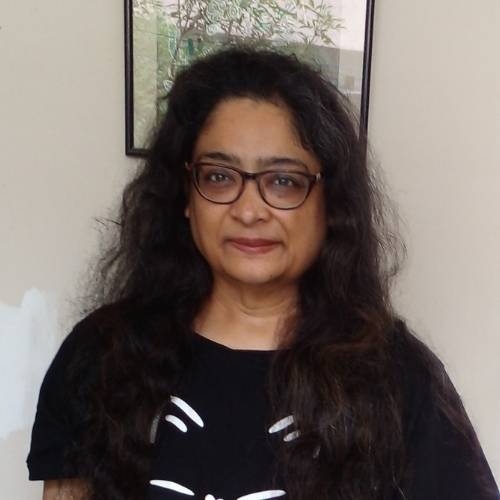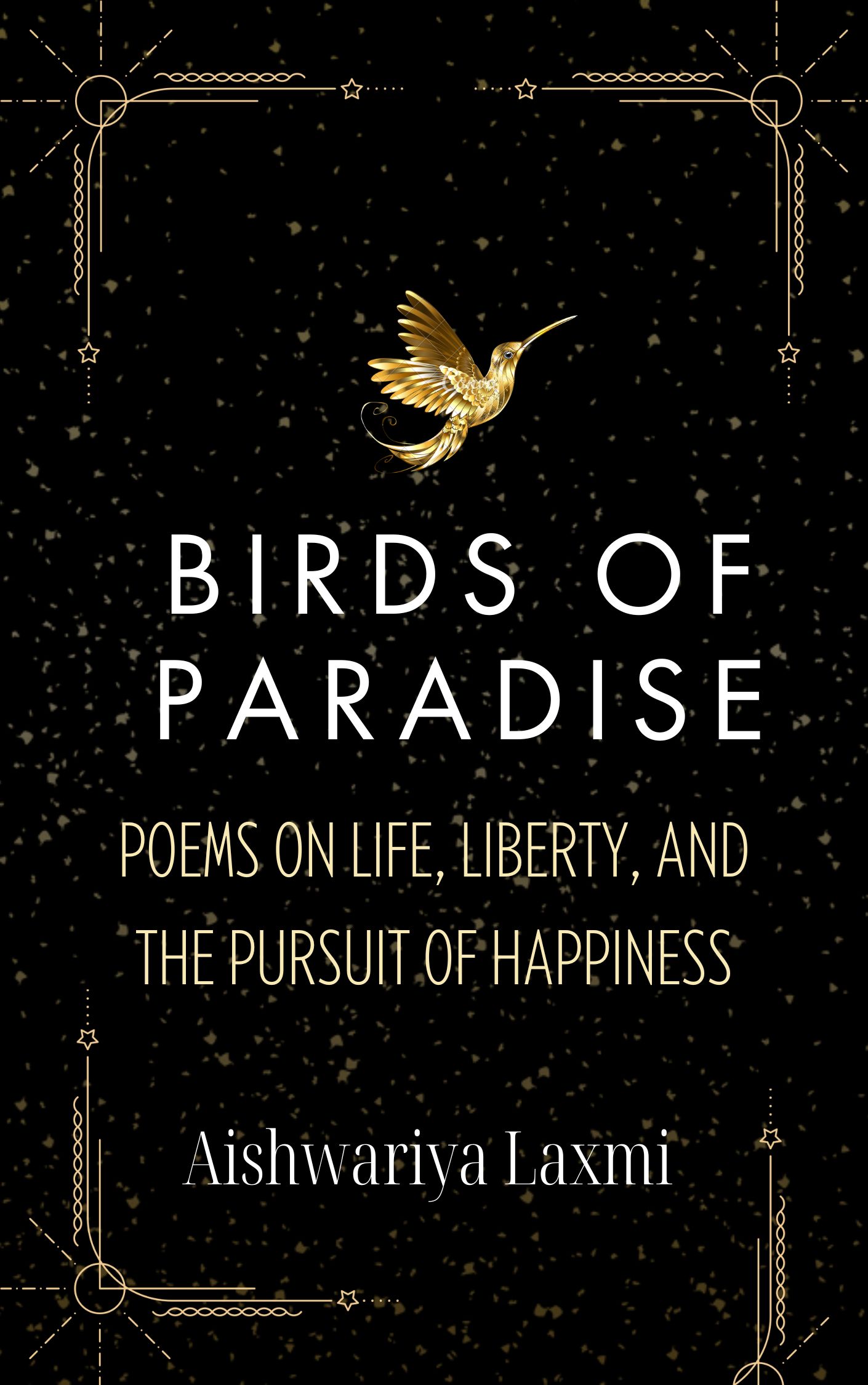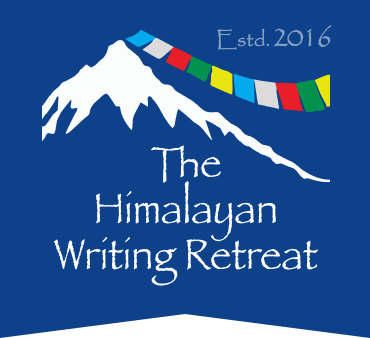Rajiv Malhotra heads the Princeton- based Infinity Foundation, which has over the past thirty years, pioneered the funding of research in the United States on Indian civilization. He has authored fourteen books on civilizations, consciousness and artificial intelligence. His latest book, “The Battle for Consciousness Theory” ,co-authored with Manogna Sastry and Kundan Singh, describes how Ken Wilber has appropriated Sri Aurobindo ‘s original works on consciousness and distorted and re-presented them as his own to the world. I give below an interview with the author.
1. Your new book, “The Battle for Consciousness Theory” captures the ‘ Wilberization’ of Sri Aurobindo studies in elaborate detail. With the recent advances in Artificial Intelligence, Machine Learning, and Large Language Models, plagiarism has become even easier, and it cuts across a variety of domains, including the arts and sciences, industry, commerce and branding. In the present context, how can ancient civilizational intellectual property be protected? What damage has been caused already?
RM and MS: While the book The Battle for Consciousness Theory captures the Wilberization of Sri Aurobindo studies, it is important to note that many other important concepts have been subject to appropriation and distortion over the years, including Indian practices of pranayama and yoga. An upcoming book of mine discusses another important Indian guru whose work was appropriated. Protecting our civilizational frameworks and concepts begins with understanding the dynamics of the Kurukshetra and recognizing the patterns of appropriation – my Digestion and U-Turn models explore these in great depth.
2. Prima facie, Wilber’s two- dimensional mapping of schools of thought into a “Theory of Everything” oversimplifies complex, higher dimensional consciousness much as a Mercator map distorts the world. What has been the response to your book?
RM and MS: One of the major issues we have highlighted in the book The Battle for Consciousness Theory is how Wilber attempts to subsume the entire model of Sri Aurobindo’s Integral Yoga, based on Vedic frameworks, into his simplified model built on West Universalism.
The book has been received well within India, especially among the public, as Sri Aurobindo is a huge national public figure. We are yet to hear any response from the Wilberites, though.
3. Western scholars like Immanuel Kant, Jung, Hegel, and others as well as scientists like Schrodinger, Tesla, Heisenberg, and Oppenheimer have been hugely influenced by Indian philosophy. Even so, trying to define consciousness in modern scientific terms is extremely difficult if subjective or self – reports of internal states and anecdotal material are held to lack scientific validity. As you state, unlike the West, where Darwinists and those of the Abrahamic faiths that believe in a Creator, Indian science and spirituality were never in conflict. Have there been any new scientific advances that have validated or refuted Sri Aurobindo’s(Poorna) Integral Yoga and Transformation?
RM and MS: Sri Aurobindo’s model was written at a time when the scientific community was exploring its understanding of the Big Bang theory as a cosmological model. This concept, though, finds expression in SA’s work, Savitri. The whole debate about evolution and its battle with creationism is a Western dichotomy; Swami Vivekananda and Sri Aurobindo put forth the more scientifically sound theories of involution-evolution.

4. Despite the knowledge absorbed by European Indologists, Europe has continued to be under the grip of materialism and rising atheism. Do you think the United States will be any different?
RM: It would be naïve to dismiss the entire West as materialistic. There are many strands of spirituality as well. Also, present India is not all that spiritual as one finds materialism taking over. My concern is that the West is digesting Indian thought and practices into Western frameworks and history, while India is picking the bad habits of the West rather than their many good qualities.
5. Besides this book, what are the Infinity Foundation’s contributions to modern Indology?
RM: Infinity Foundation (IF) is presently at a special moment – it celebrates its 30th anniversary soon. Over the next one year, we have some highly important products scheduled for launch including books which will highlight IF’s contributions over the past decades in various domains and showcase the IF school of thought, including its unique frameworks and models. For thirty years now, we have been making game-changing contributions to the domains of education, the history of Indian science and technology, the Indian mind sciences and so on.
6. Do you believe that spiritual writings should be included in university curricula?
RM and MS: Spirituality should be included but positioned as metaphysics and subject to empirical verifiability. Spirituality does not mean some other-worldly, esoteric material – it encompasses all that which makes an individual healthy physically, mentally and emotionally in the society. Indian systems have made phenomenal strides in understanding the individual and collective physio-psychological complex and whether it is yoga, pranayama, frameworks to understand science and technology – Indian writings can make a huge positive impact in shaping the individual and hence needs to be included at relevant levels in the university curricula.
7. Could you recommend books on Indian mind studies and Spirituality suitable for young readers and for inclusion as a curriculum subject in academia?
RM: We find this lacking, so we are developing a series of books on this.
8. Other than the well- known knowledge systems like the Vedas, the Gita and the Upanishads, there are numerous vernacular works by numerous mystics and sages that must be protected, or at least not dismissed as being irrelevant to the times, or as animism or through some such trivialization. What steps do you recommend to safeguard traditional knowledge and beliefs?
RM and MS: The first step is to understand the dynamics at play in the Kurukshetra concerning our proprietary knowledge systems. Then, one needs to understand the mechanisms at play which necessitate the protection of these sources. For instance, I outline the U-Turn theory, which usually takes place when traditional knowledge becomes available for those outside this system– immersion into source culture, appropriation of useful elements, erasure of traces to source, repackage as receiver’s original idea and lastly, export back to the source tradition. Understanding this pattern is crucial to first identifying the concepts and material that have fallen victim to this process. Once this is done, one can establish the trace and spotlight the original source tradition in the correct context.
9. Wilber in his works limits Indian systems to ‘spiritual’ without the ability to address psychological problems. Modern life is beset with societal problems and negatives emotions like anxiety, depression are afflicting the youth specially with the proliferation of social media. In your view, how can our traditional knowledge systems help in alleviating these problems?
RM and MS: This characterization of Indian systems as being focused on other-worldly issues and ignoring worldly problems is something we have seriously challenged in our book. Whether it is yoga, Ayurveda, shastriya sangita, the attitudes of seva – there are many systems within the Indian tradition which focus on creating a strong individual capable of then turning to spiritual aspects.
10. You have mentioned ‘Aurobindonians’ and the reluctance of some of them to engage with intellectual dishonesty and denigration of their Guru’s teachings. In your opinion, how far has ‘ Auroville’ met its goals as a cultural creative since its inception? RM: Auroville has become too introverted and elitist, all in the name of doing serious work towards evolution of consciousness. But there are many egos at work there. In some ways it has turned into a subsidized retirement community. Its leaders must become less arrogant and more receptive to feedback from outsiders. I wish they had leaders of the quality of KD Sethna, Kirit Joshi, etc.












